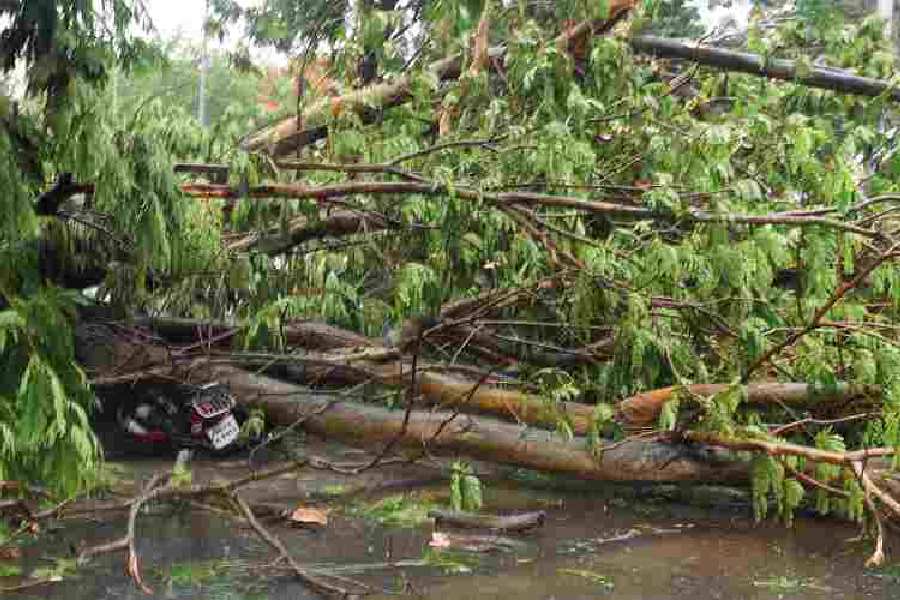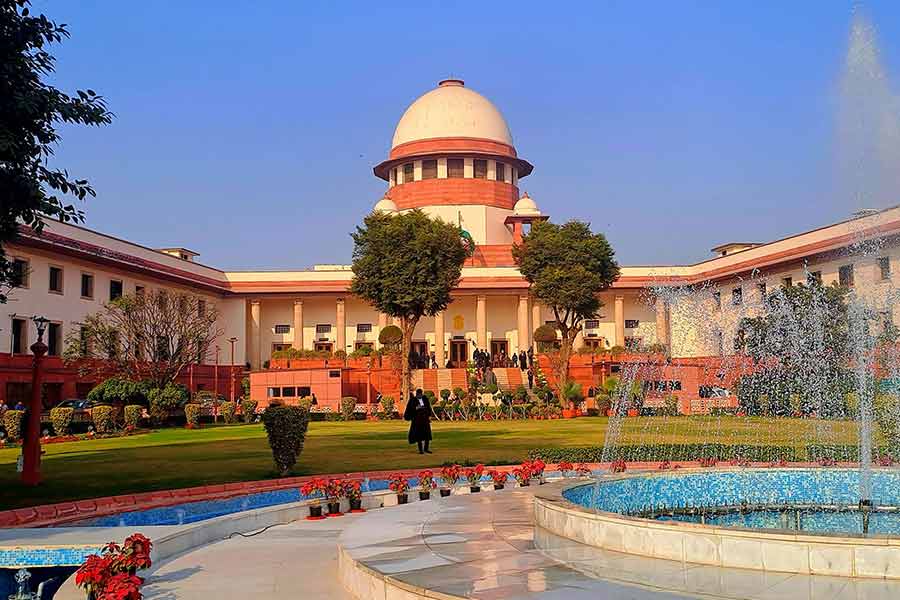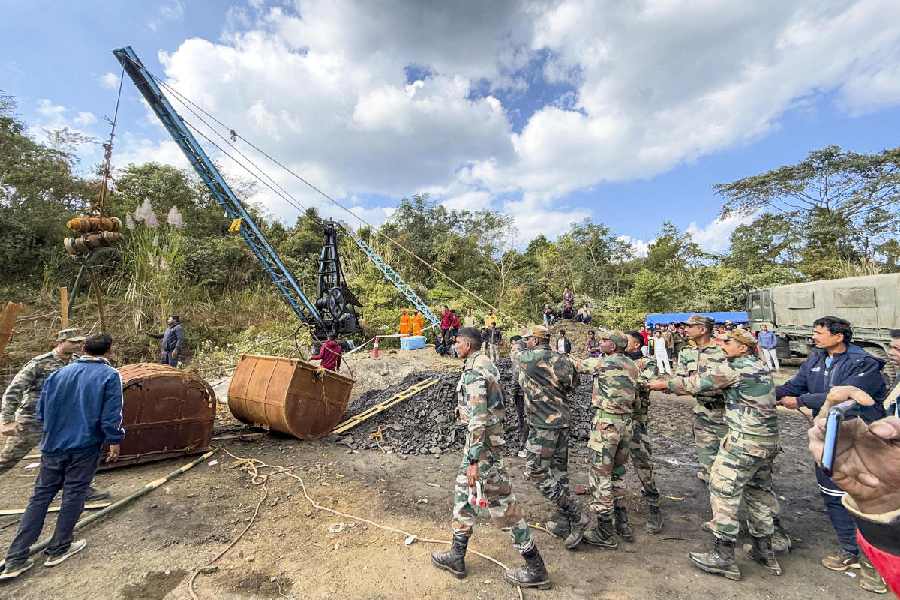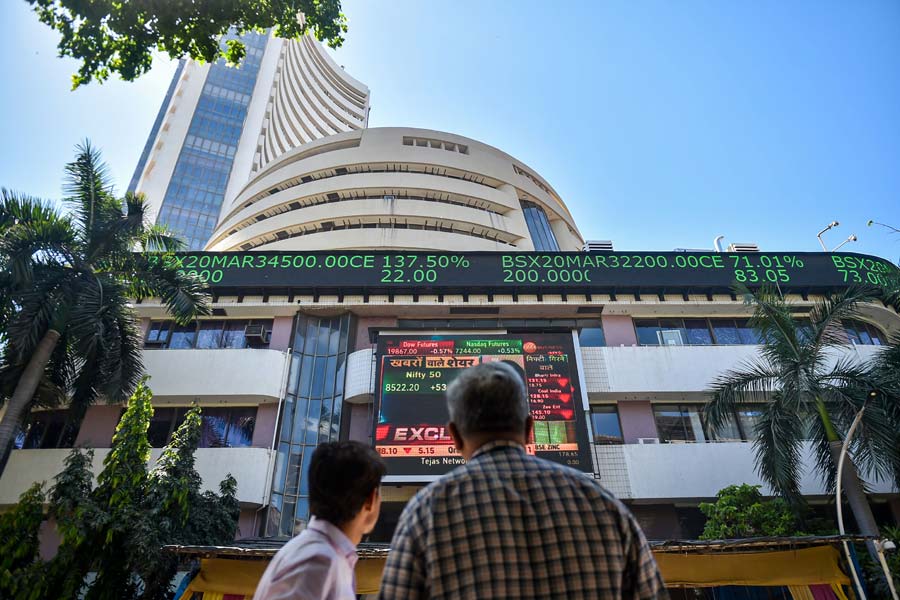Whether it's digging for metals and minerals for cellphones and electric vehicles or coal for power generation, mining around the world has skyrocketed since 2000, causing widespread destruction of tropical forests, degrading the environment and displacing Indigenous and local communities, the World Resources Institute says in a report released Wednesday.
The analysis highlighted that from 2001 to 2020, the world lost nearly 1.4 million hectares (3,459,475 acres) of trees due to mining — an area roughly the size the country of Montenegro. Nearly a third were in tropical primary rainforests. Protected areas were also damaged.
This tree loss released 36 million tons of carbon dioxide equivalent per year into the atmosphere, an amount similar to Finland's fossil fuel emissions in 2022, according to the analysis.
Those figures are likely conservative since they do not include indirect tree loss from mining-related infrastructure like access roads and storage facilities, says the report by the World Resources Institute, a global nonprofit organization researching environmental issues.
Mining-related loss in tropical primary rainforests is especially concerning because they are some of the most carbon-rich and biodiverse areas of the world. They also help regulate local and regional climate effects like rainfall and temperatures.
Mining often involves digging up vegetation and soil, intensifying disasters from severe weather and climate change. It can also pollute the air and water.
“Where industrial scale extraction happens around the world right now ... it comes with significant harm to the environment and to the communities that rely on it," said Aimee Boulanger, executive director of the Initiative for Responsible Mining Assurance.
Losses were concentrated in eleven countries, led by Indonesia and Brazil. Other notable contributors included Russia, the United States, Canada, Peru, Ghana, Suriname, Myanmar, Australia, and Guyana.
Lands used by Indigenous and local communities were heavily impacted in some countries: In Suriname, Venezuela and Ecuador, nearly two-thirds of mining-related forest loss occurred in such areas, according to the analysis.
Gold and coal have historically been the biggest drivers of tree cover loss related to mining. According to a World Wildlife Fund study, gold and coal extraction resulted in over 70% of all mining-related deforestation from 2001 to 2019.
While coal use is declining, it still dominates the global energy mix. According to a WWF study, 57% of tree cover loss linked to coal extraction from 2000 to 2019 happened in Indonesia alone. Indonesian coal production has accelerated over the last 10 years as it became one of the world's largest coal exporters.
Deforestation for coal production is not only a tropical problem: A WWF study showed that 20% of global coal-related tree cover loss happened in the United States between 2001 and 2019. From 2001 to 2020, 120,000 hectares (296,525 acres) of forest loss was related to mining, much of it linked to surface coal mining in Kentucky, West Virginia, Virginia and Tennessee.
The current gold mining boom started shortly after the 2008 global financial crisis, when the price of gold skyrocketed. Tree loss in Brazil and Ghana is largely linked to gold mining.
Critical materials for smartphones, solar panels and electric vehicles have also become a new driver of mining, according to the analysis. That includes deforestation for Indonesia's nickel boom, Myanmar's murky rare earths industry and cobalt in the Democratic Republic of the Congo.
WRI's analysis noted that miners have the opportunity to improve and to minimize environmental damage as they open new mines.
That should include mining that incorporates the best available technologies and practices, rehabilitation plans and robust environmental monitoring, said Michael Goodsite, an expert on sustainable mining practices and technology.
“There is a conundrum: How do we get to the minerals that we need without doing more harm to the environment?" said Goodsite. “A holistic understanding, view and systematic approach is needed.”











